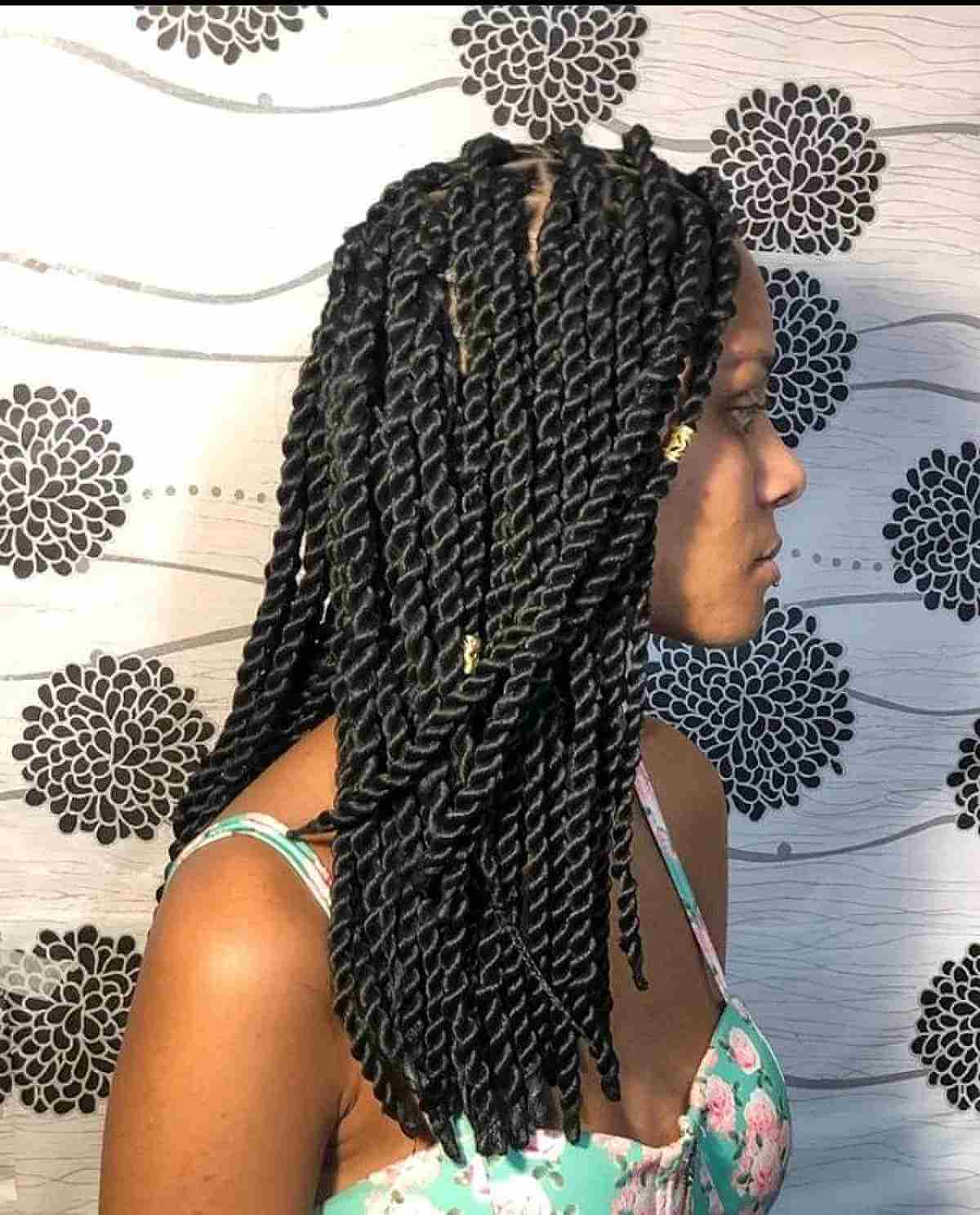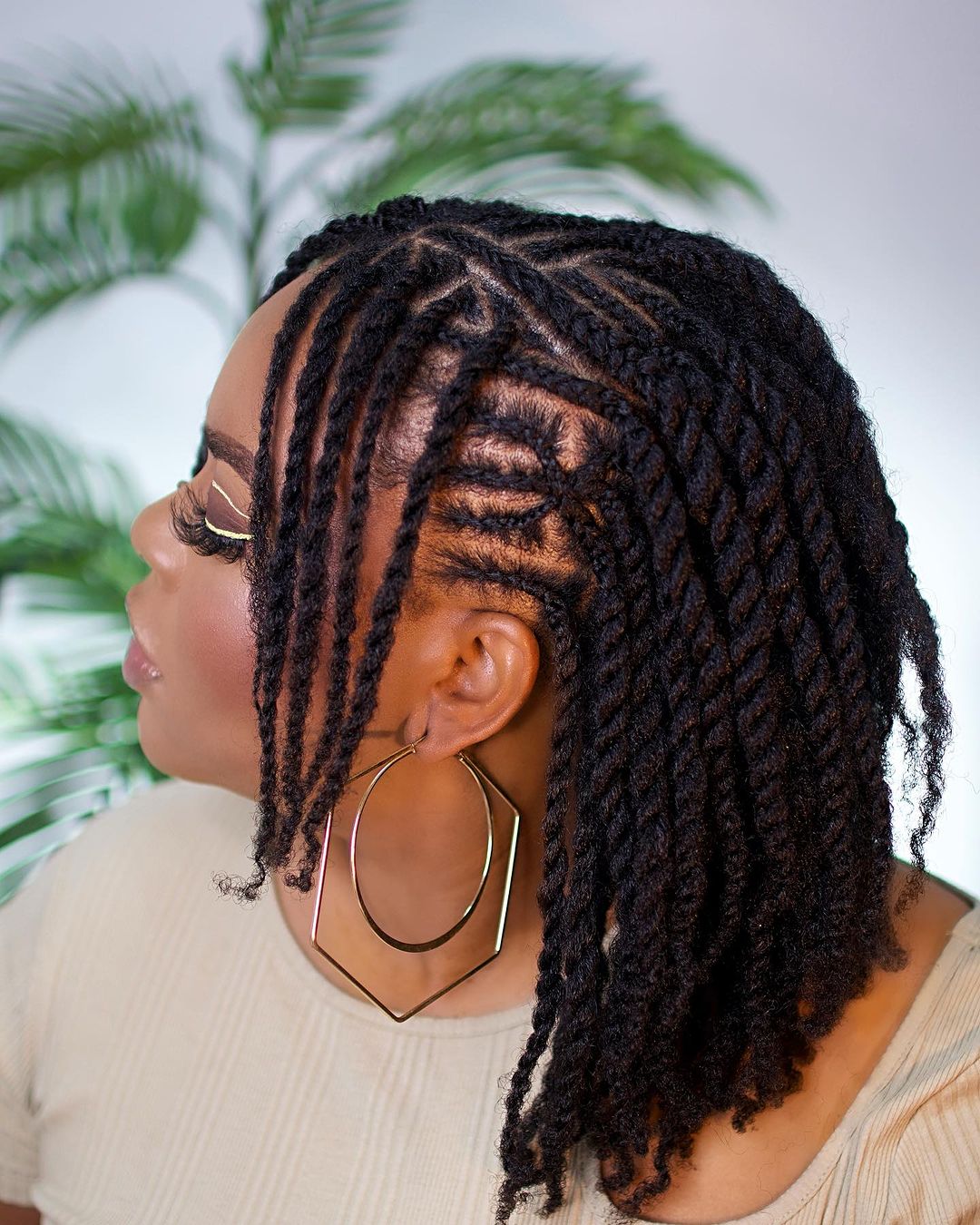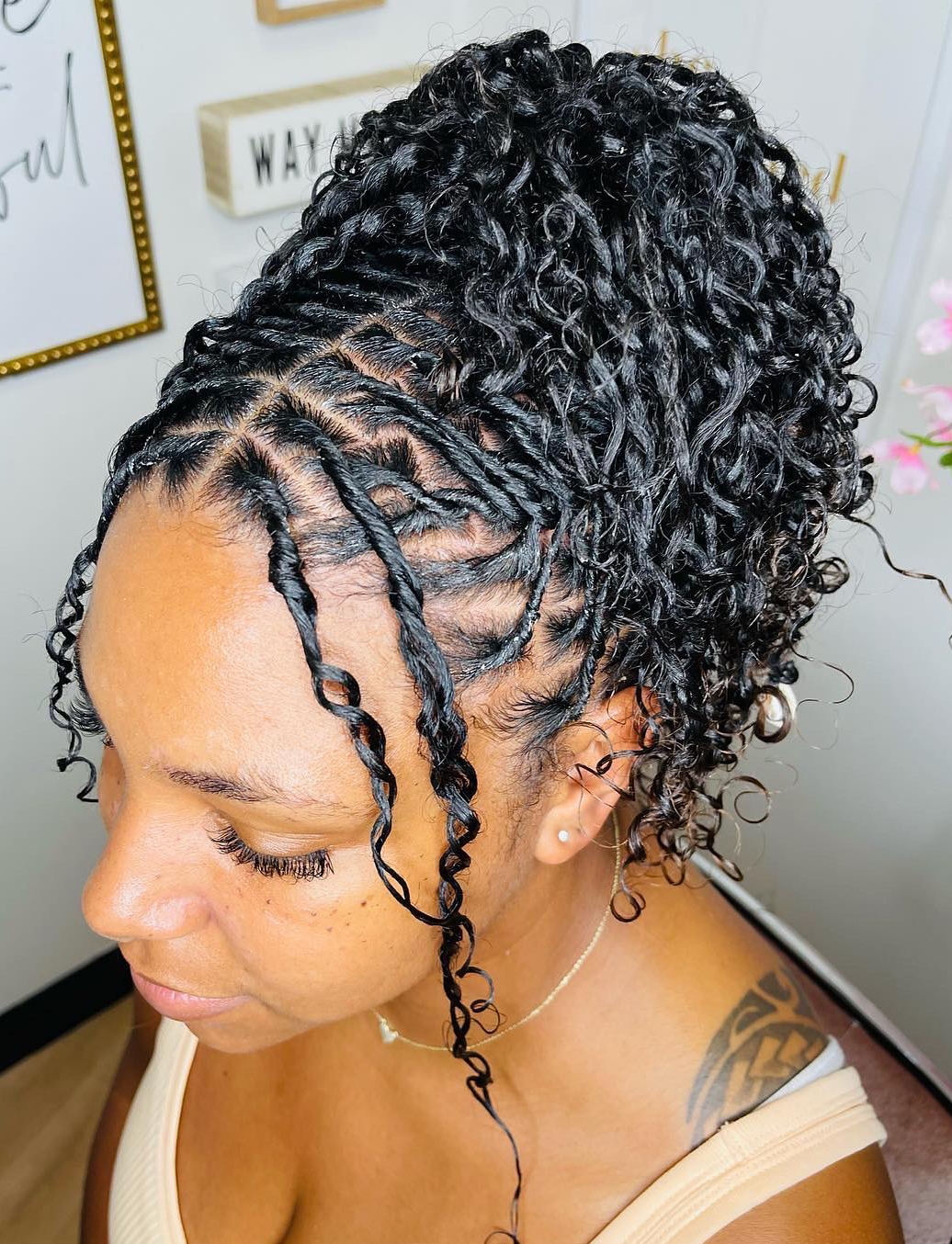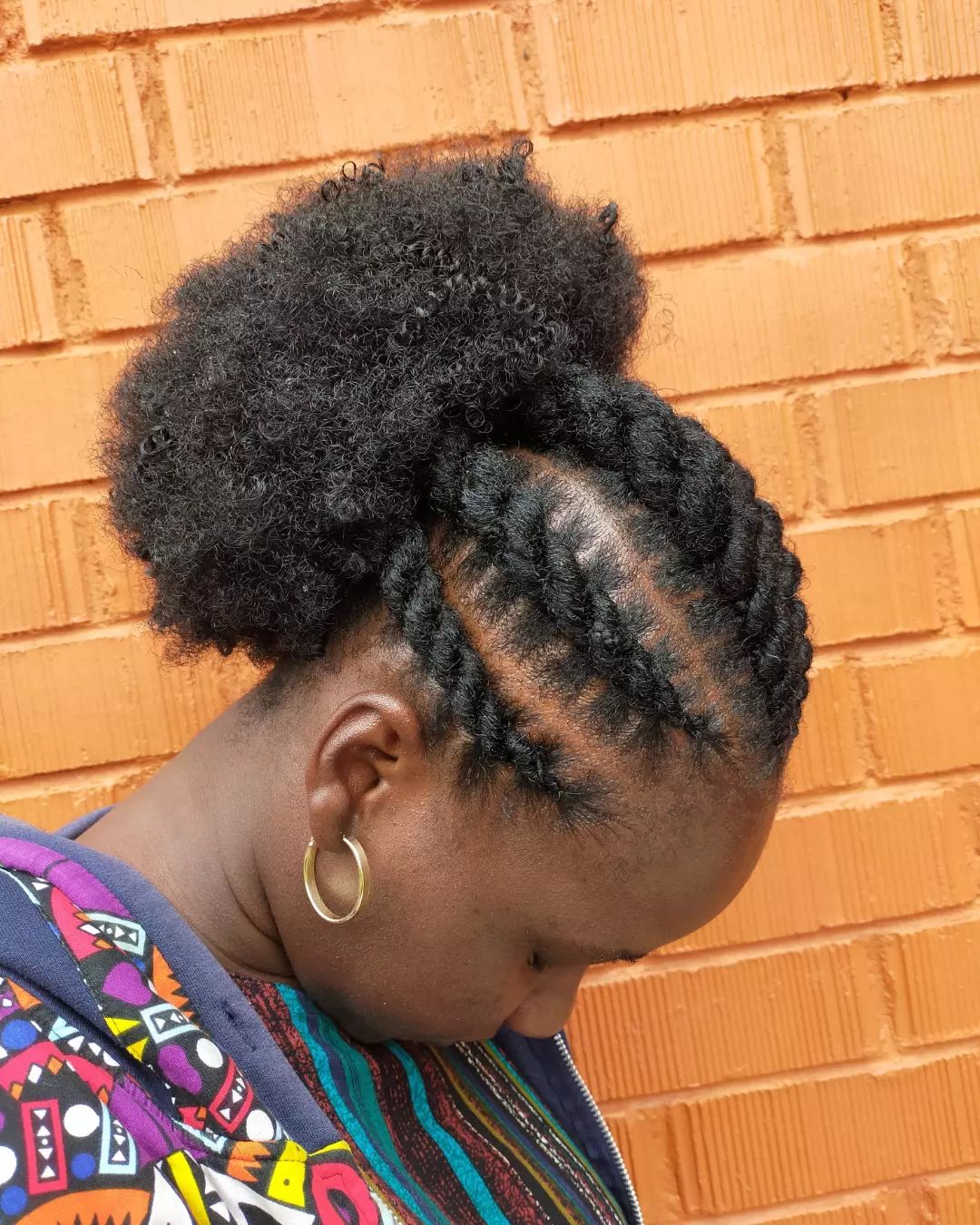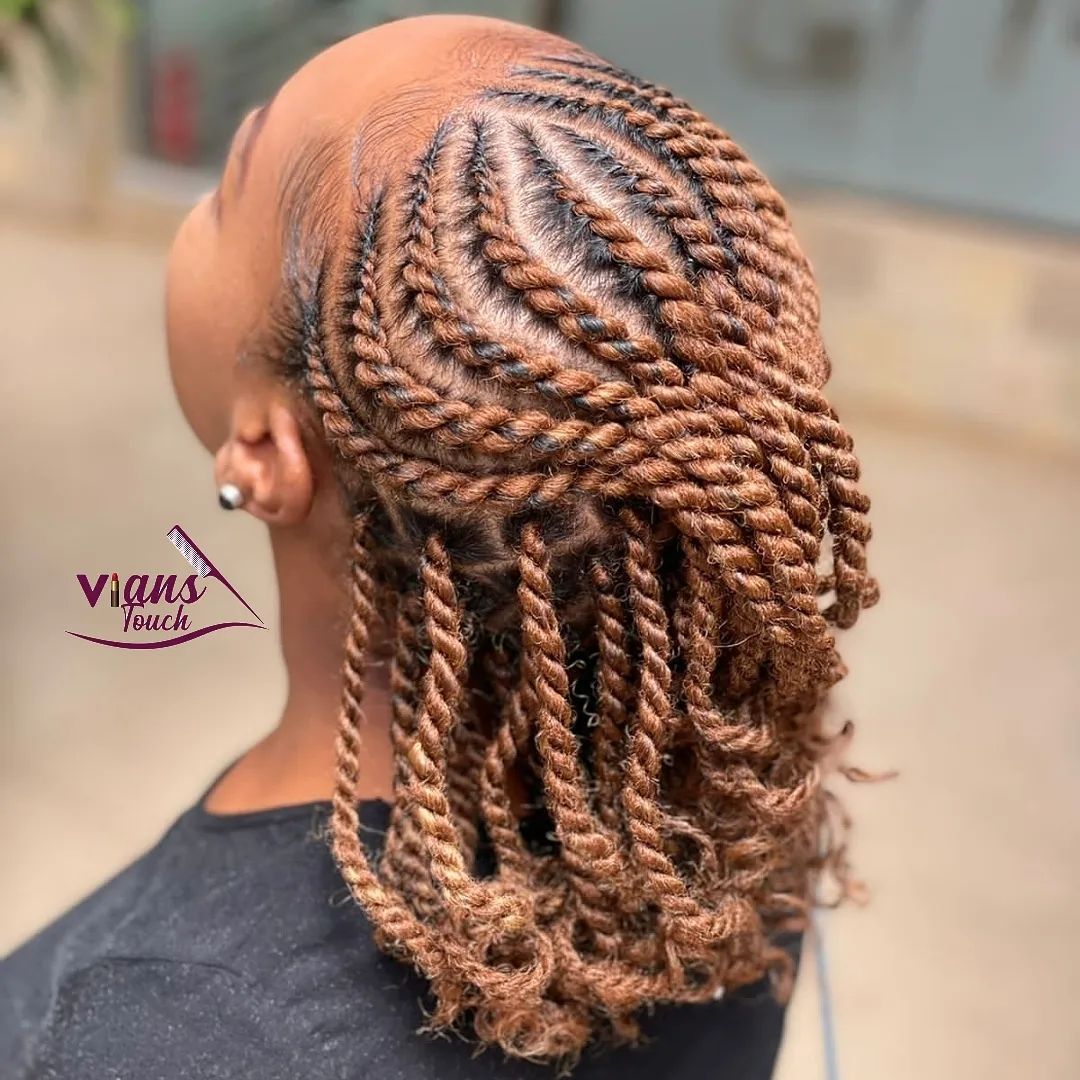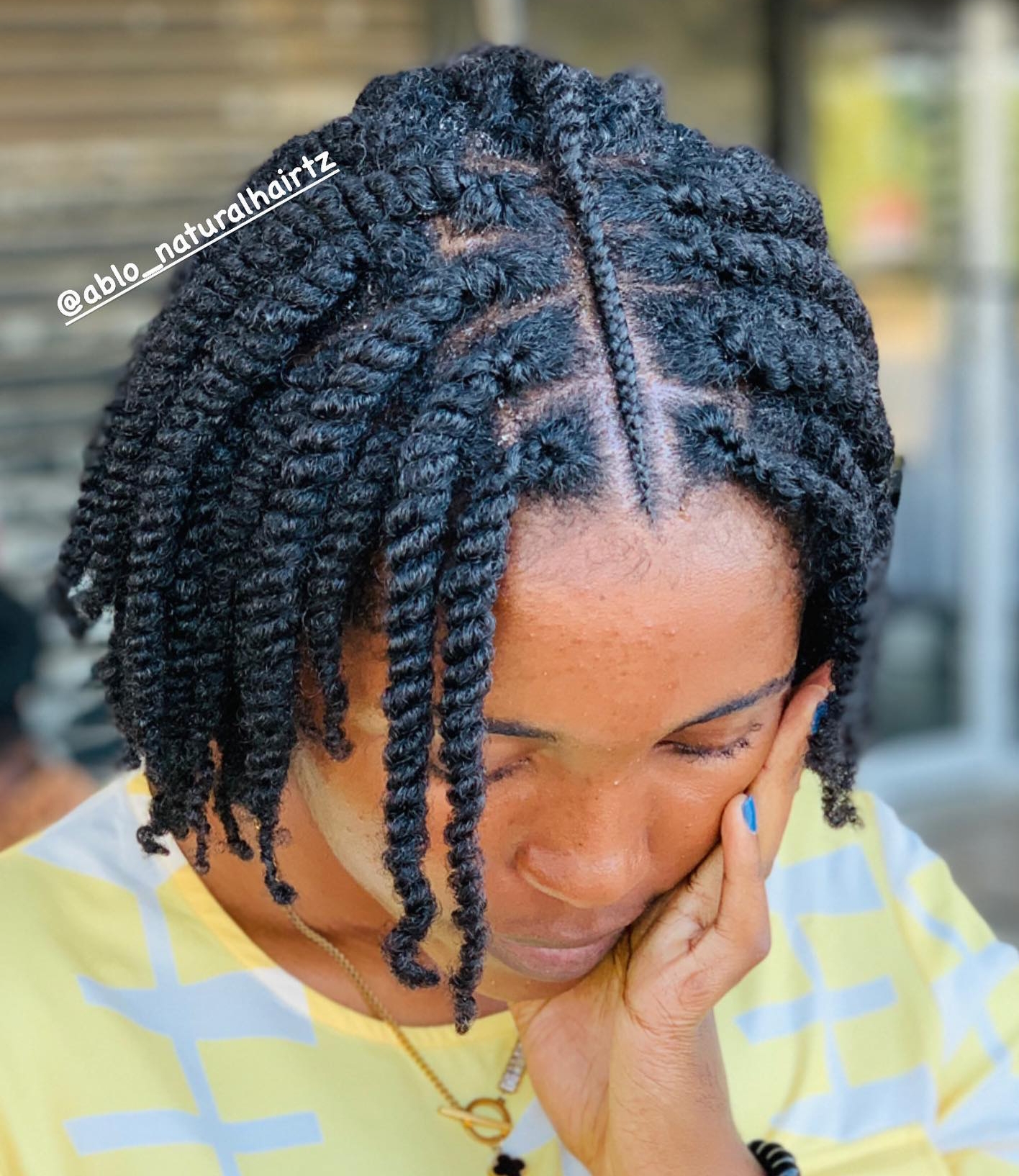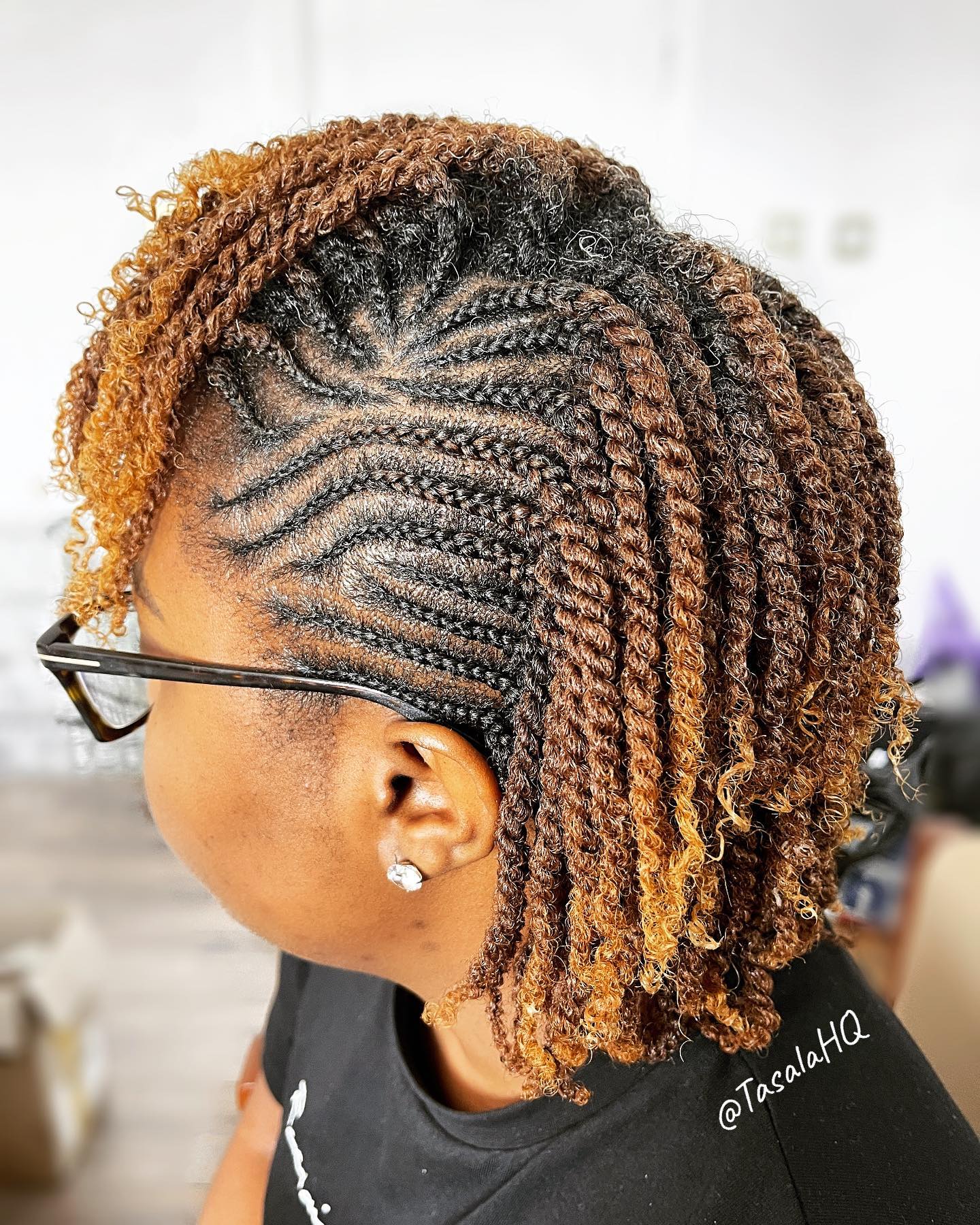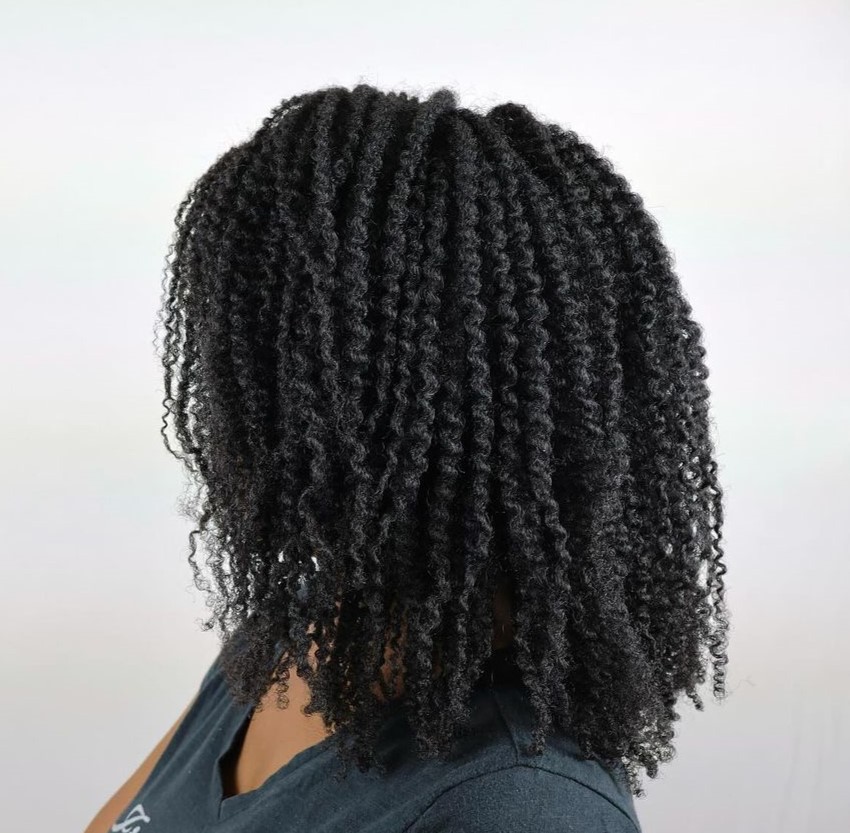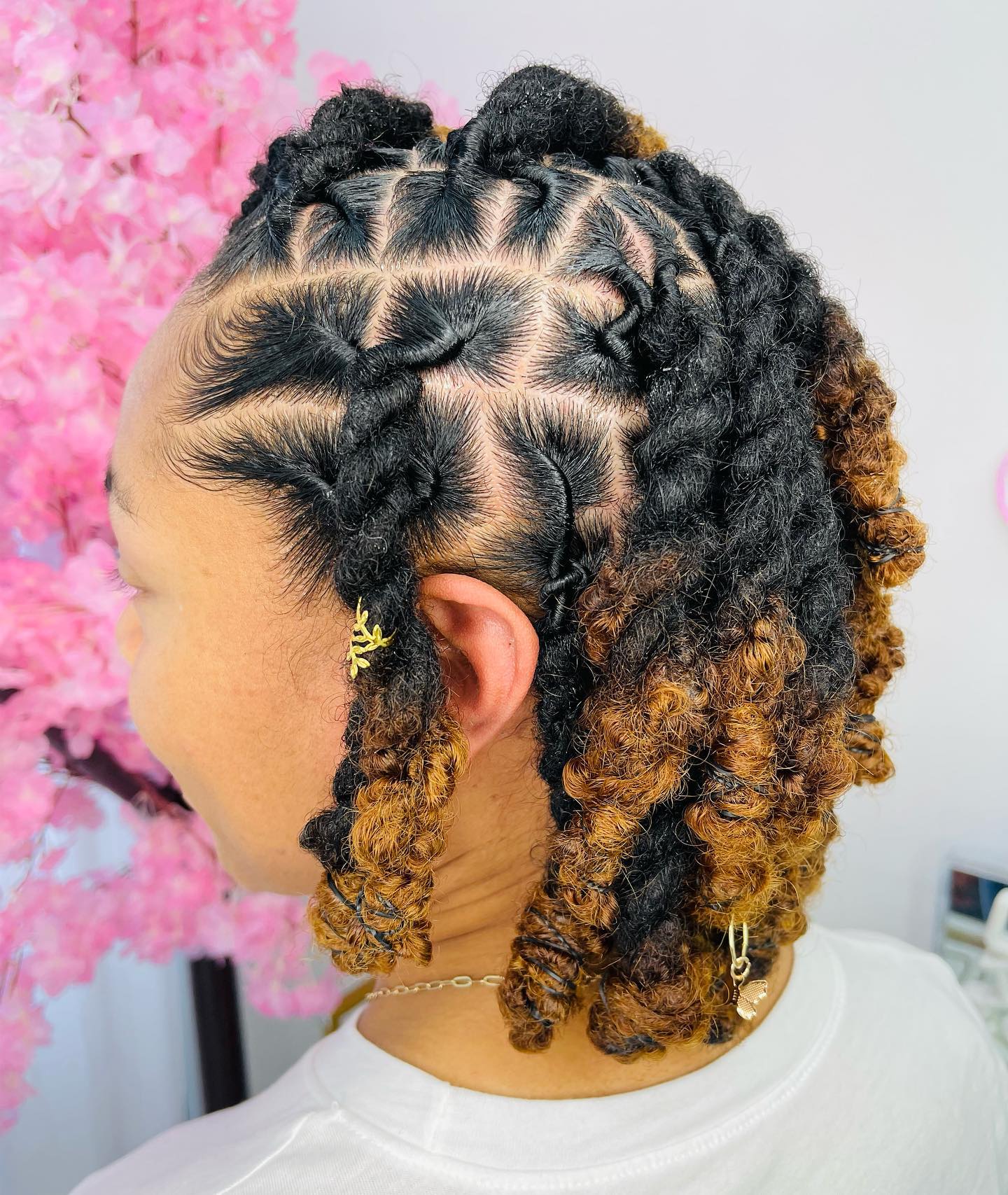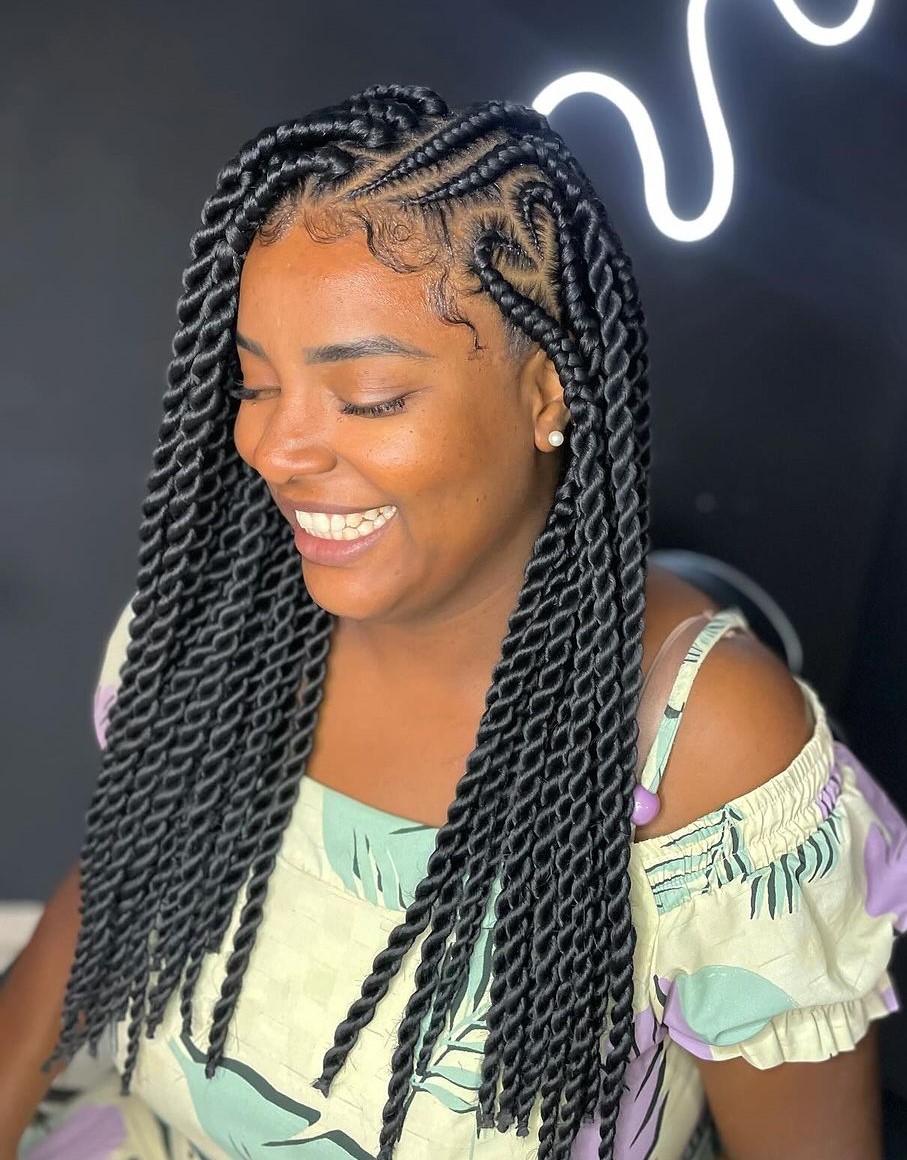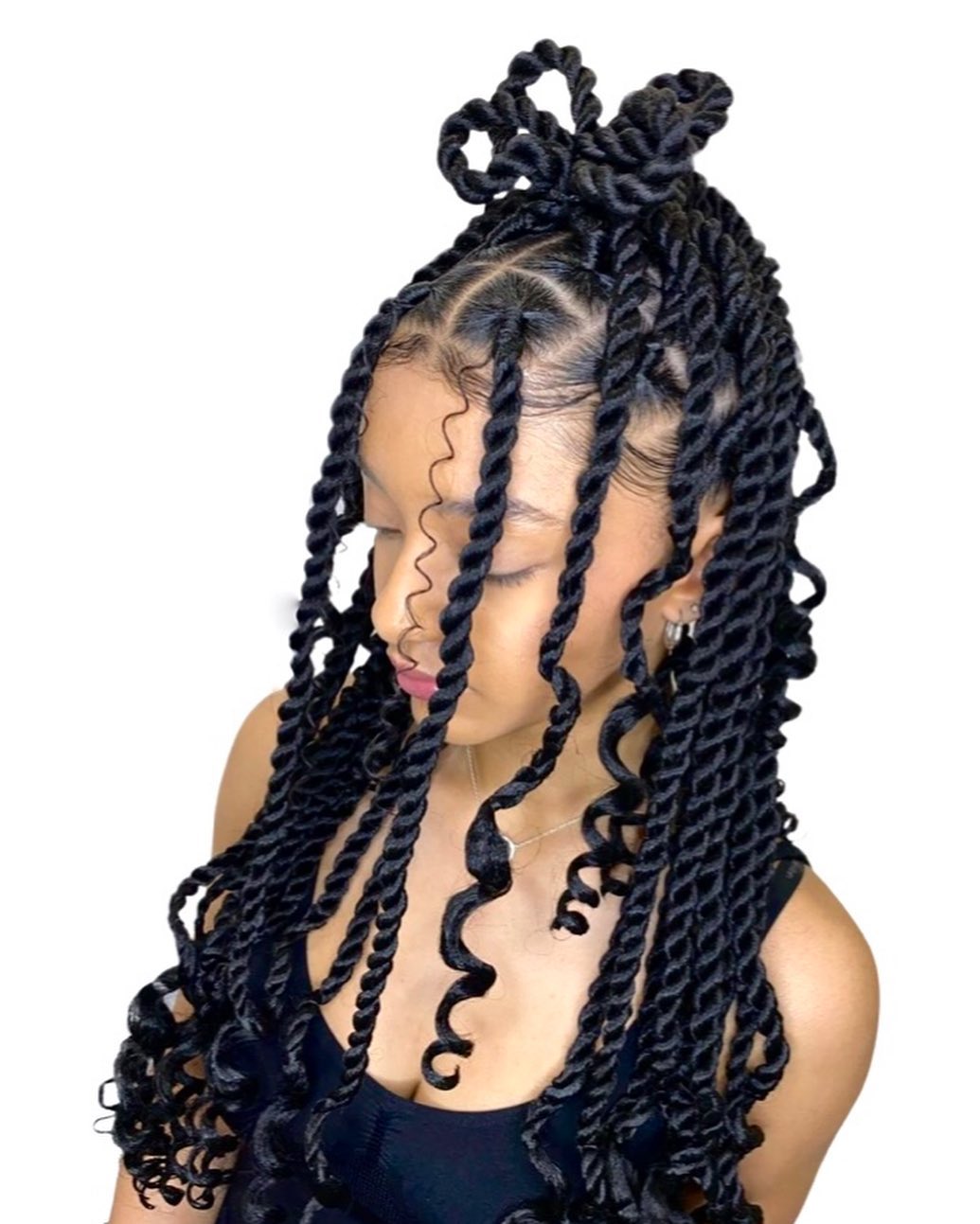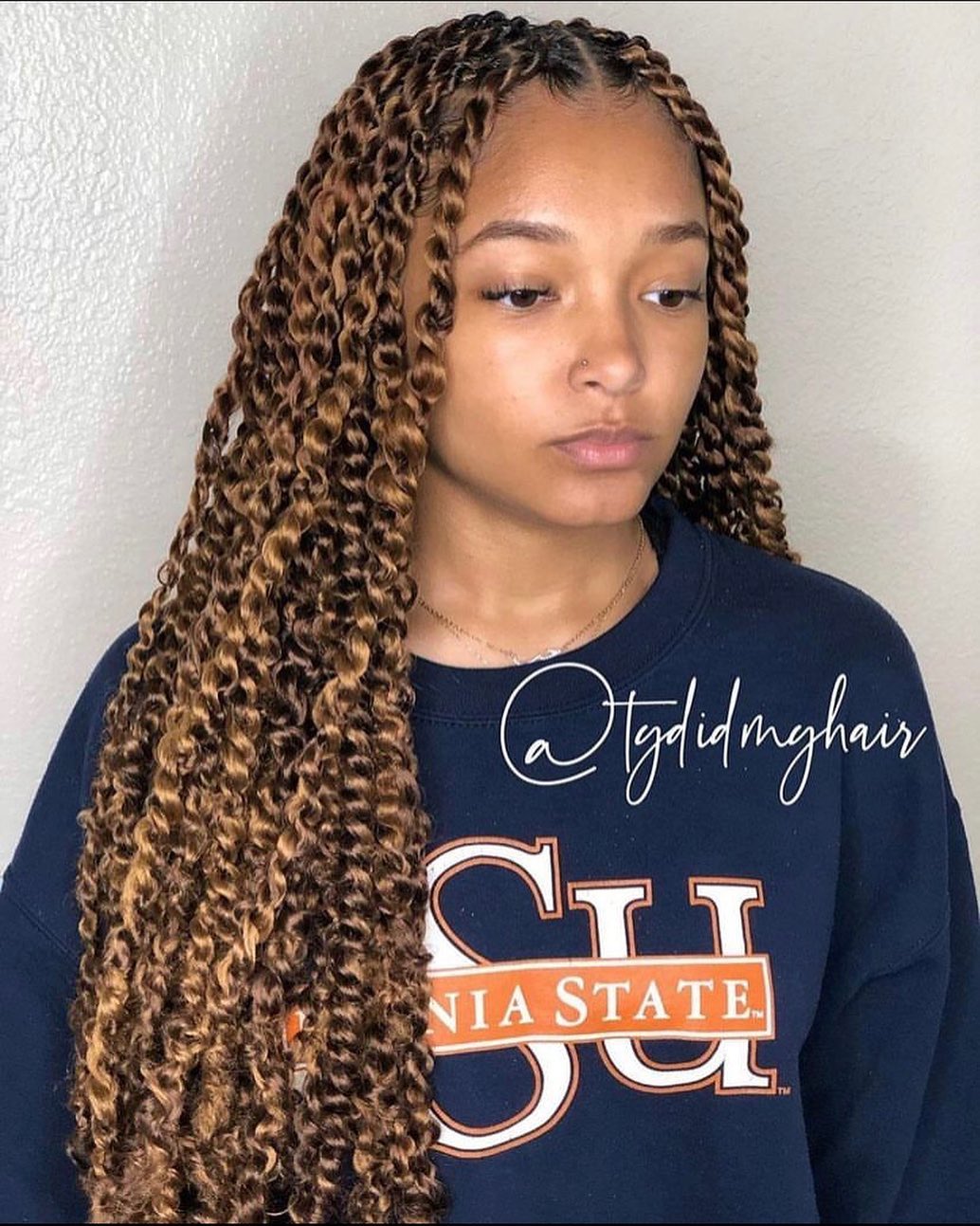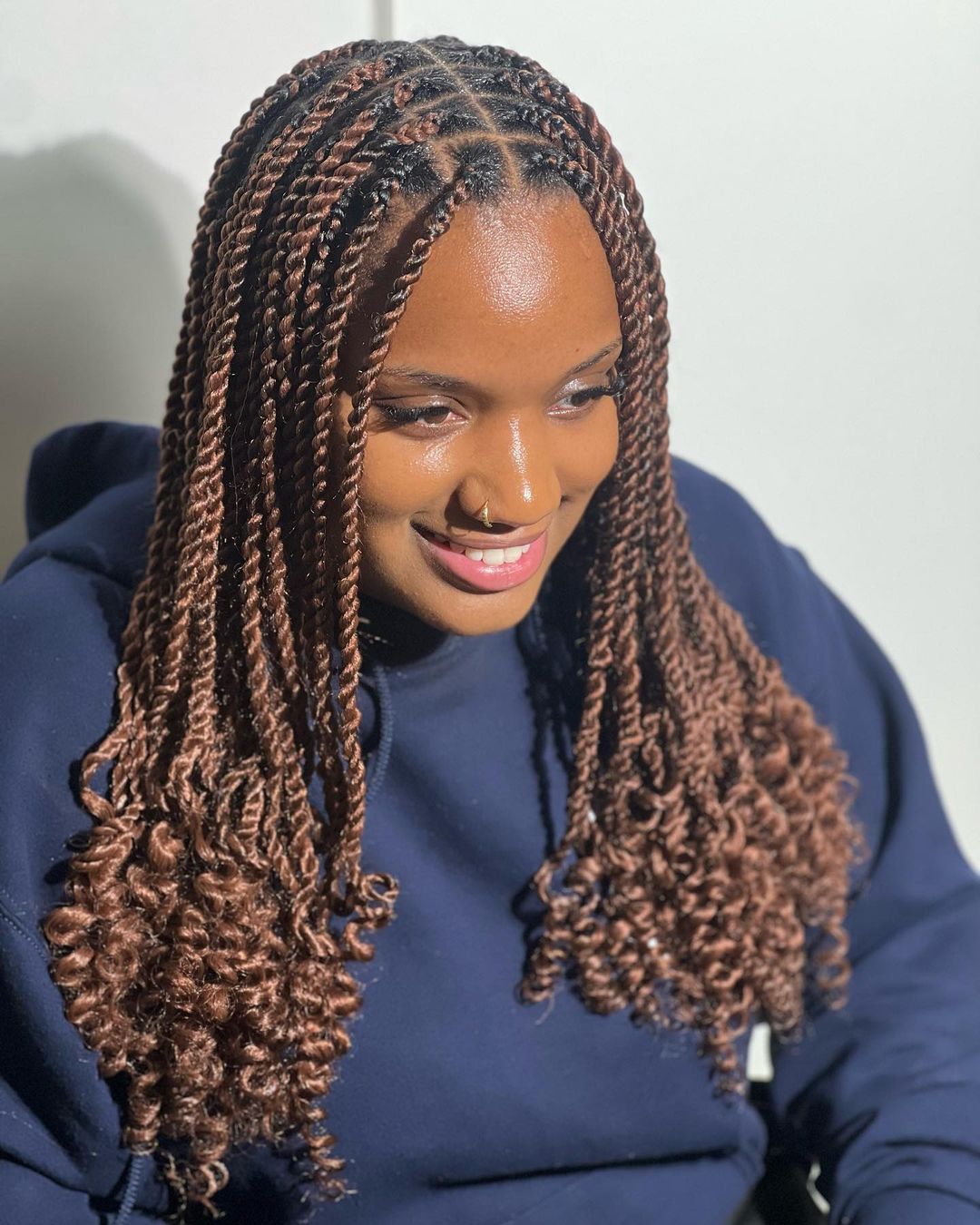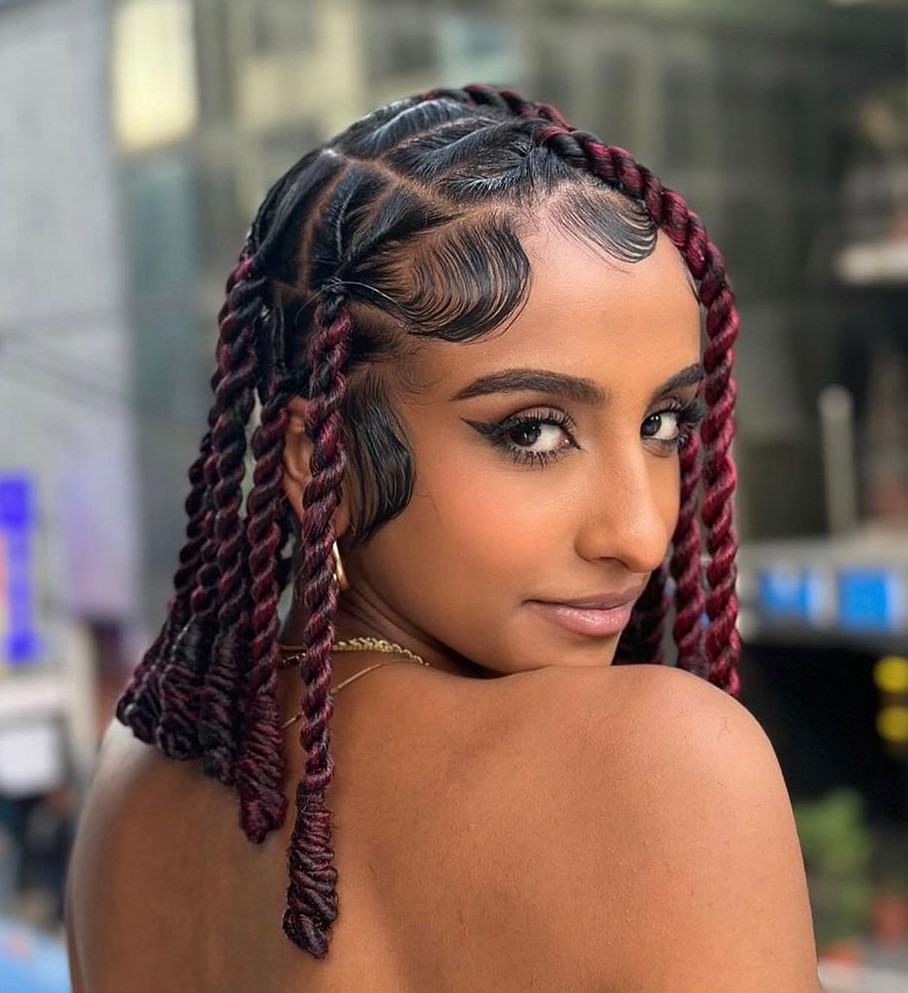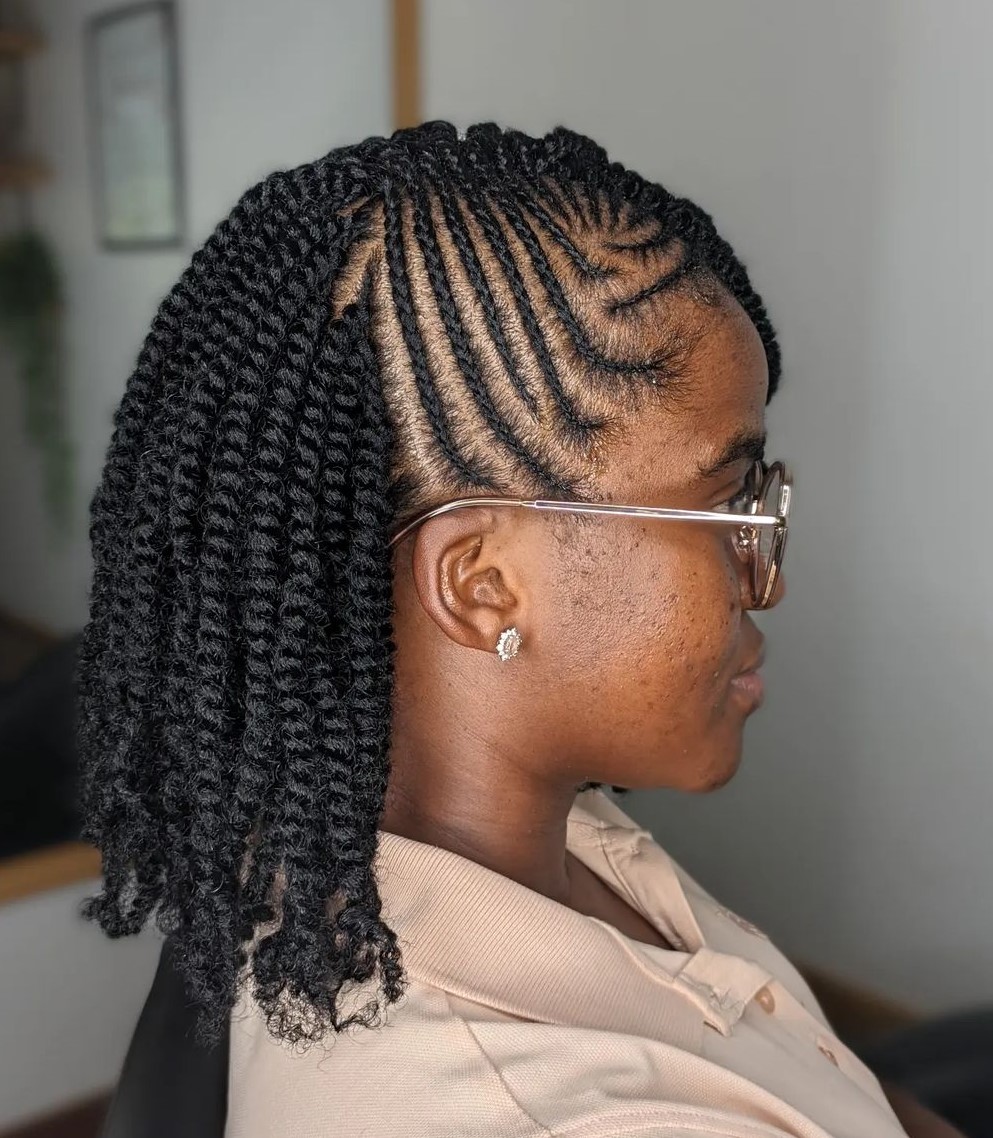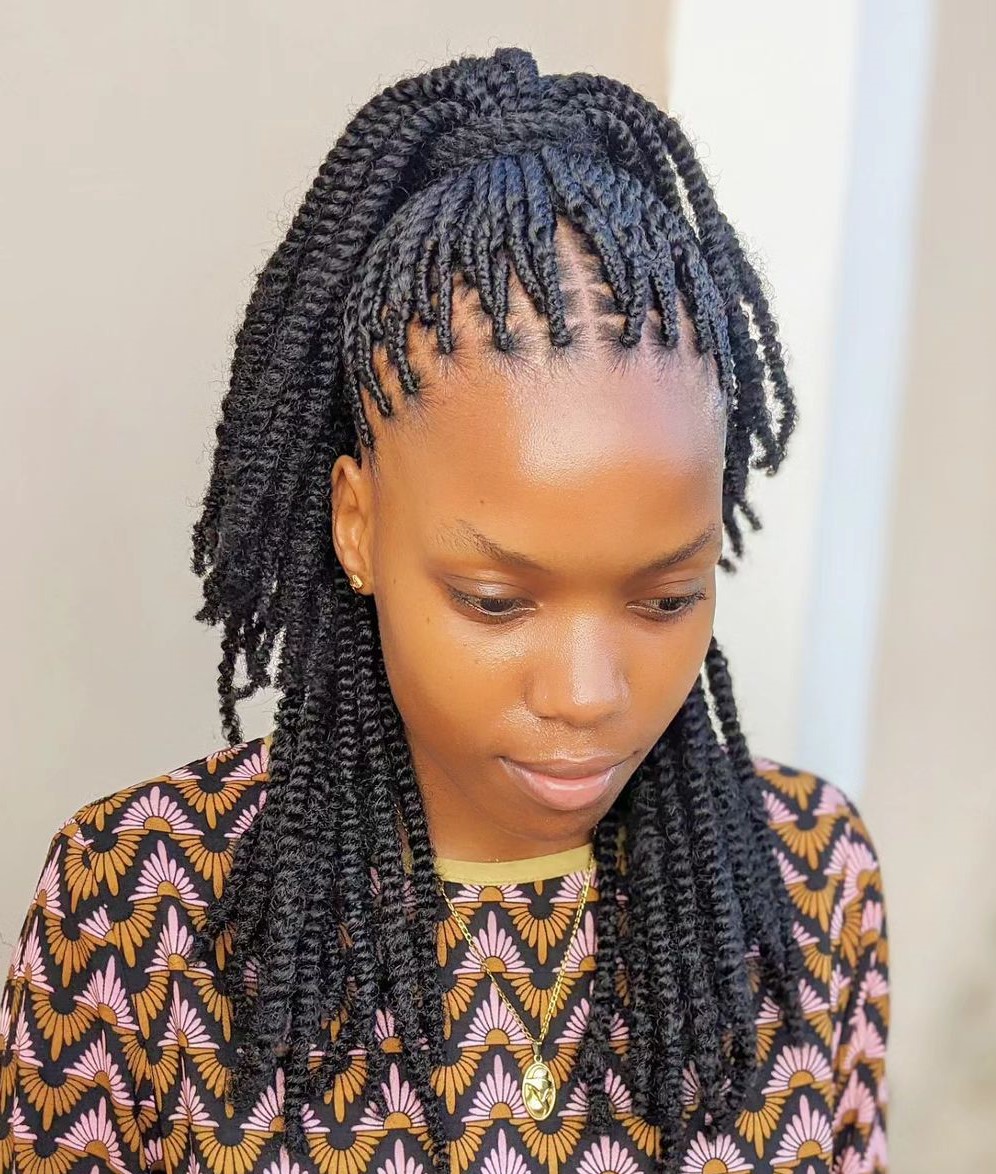Discover the hottest and most trendy red hair color ideas in this article, with options carefully chosen to suit every hair length and skin tone. Whether you’re looking for a subtle change or a bold new look, you’ll find a perfect shade among these 21 stunning styles.
Explore these fabulous red hair transformations to elevate your style!
Rosewood Balayage
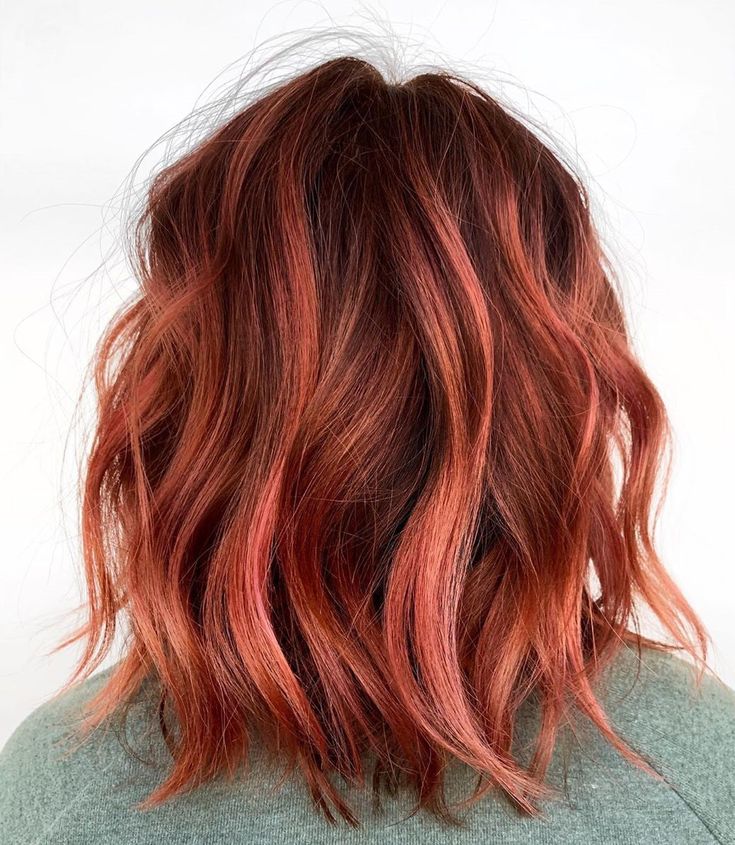
This pinkish-brown hue adds a natural yet unique touch to your look. By blending soft pink highlights into auburn hair, you can achieve a subtle, classy style with a hint of warmth and elegance.
Dark Auburn Hair

Channel a million-dollar vibe with the deep, rich, and luminous tones of dark auburn. This blend of wine-inspired hues exudes warmth and a captivating allure. Loose waves enhance the color, creating a stunning, effortless look that highlights the depth and shine of your hair.
Balayaged Hair
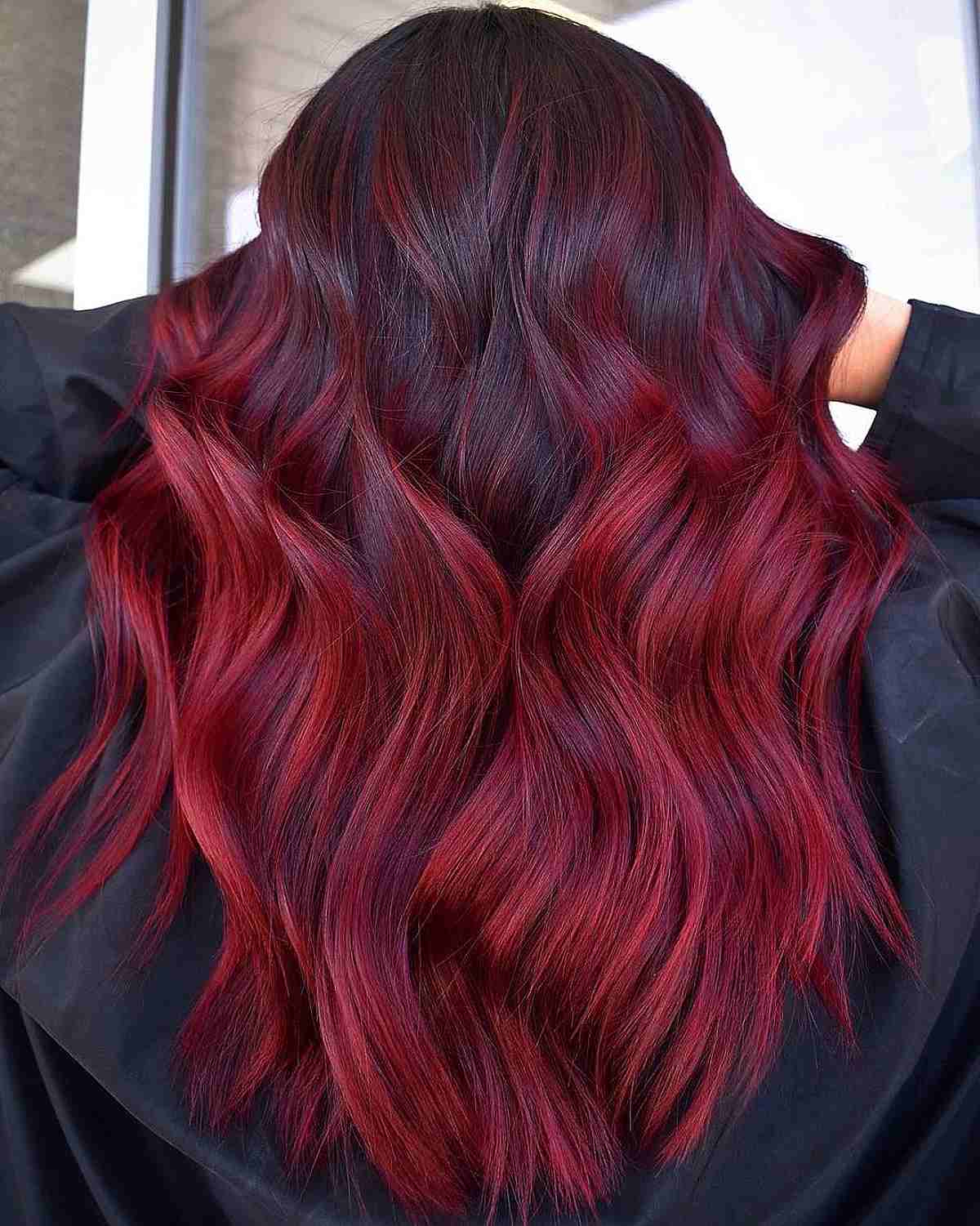
Take a look at this stunning reddish-brown balayage with a rich two-tone effect and voluminous curls. This style exudes elegance, femininity, and a fashionable edge.
Spicy Cinnamon Hair

Add soft-toned highlights to gentle curls for a rich chocolate and cinnamon balayage. This look combines warmth and depth, creating a glamorous, on-trend hairstyle that radiates elegance.
Deep Mahogany with Orangey Highlights
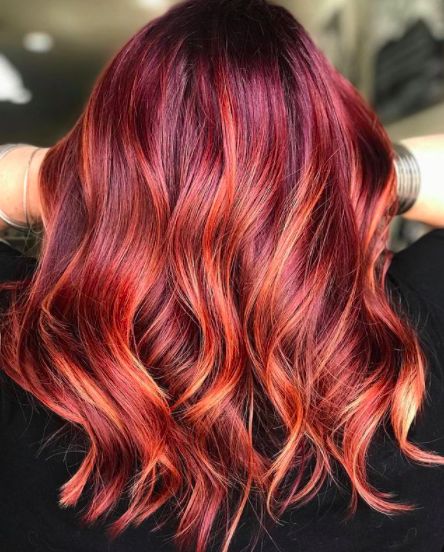
Red is the color of passion, and this deep mahogany paired with fiery orangey highlights brings that passion to life. The rich, dark base contrasted with vibrant balayage highlights creates a bold, fiery look that exudes confidence and energy.
Two-Tone Blend
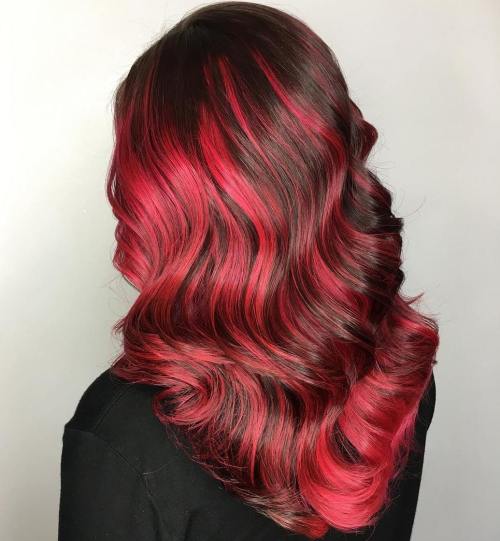
A delightful mix that evokes the sweetness of your favorite desserts. If you’re drawn to soft, natural-looking, feminine colors, this two-tone blend is the perfect choice. It creates a harmonious, beautiful contrast that’s both sweet and effortlessly stylish.
Dark Copper Shade
A perfect choice for those seeking a natural, understated red, dark copper offers a beautifully refined look with warm undertones. Style it with soft curls to enhance its depth and add a sophisticated twist to your hair.
Haircut with a Fringe
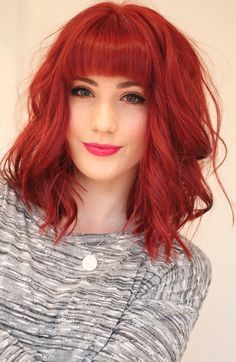
Opt for a deep brown hue to achieve a more natural, grounded tone, and add a chic fringe to glam up the look. This combination creates a stylish and effortless vibe, balancing both elegance and playfulness.
Vivid Copper with Face Framing
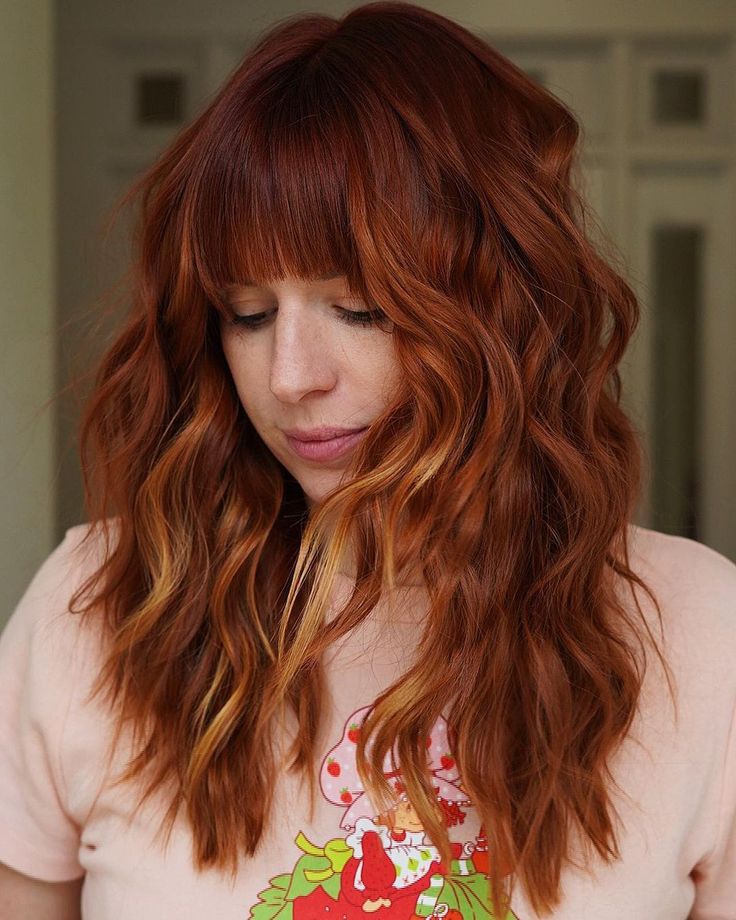
Copper is the perfect red hue, striking a beautiful balance between boldness and a natural look. This vivid shade is especially flattering for pale skin tones, and when paired with face-framing highlights, it brings warmth and radiance, accentuating your features beautifully.
Red Brown Hair
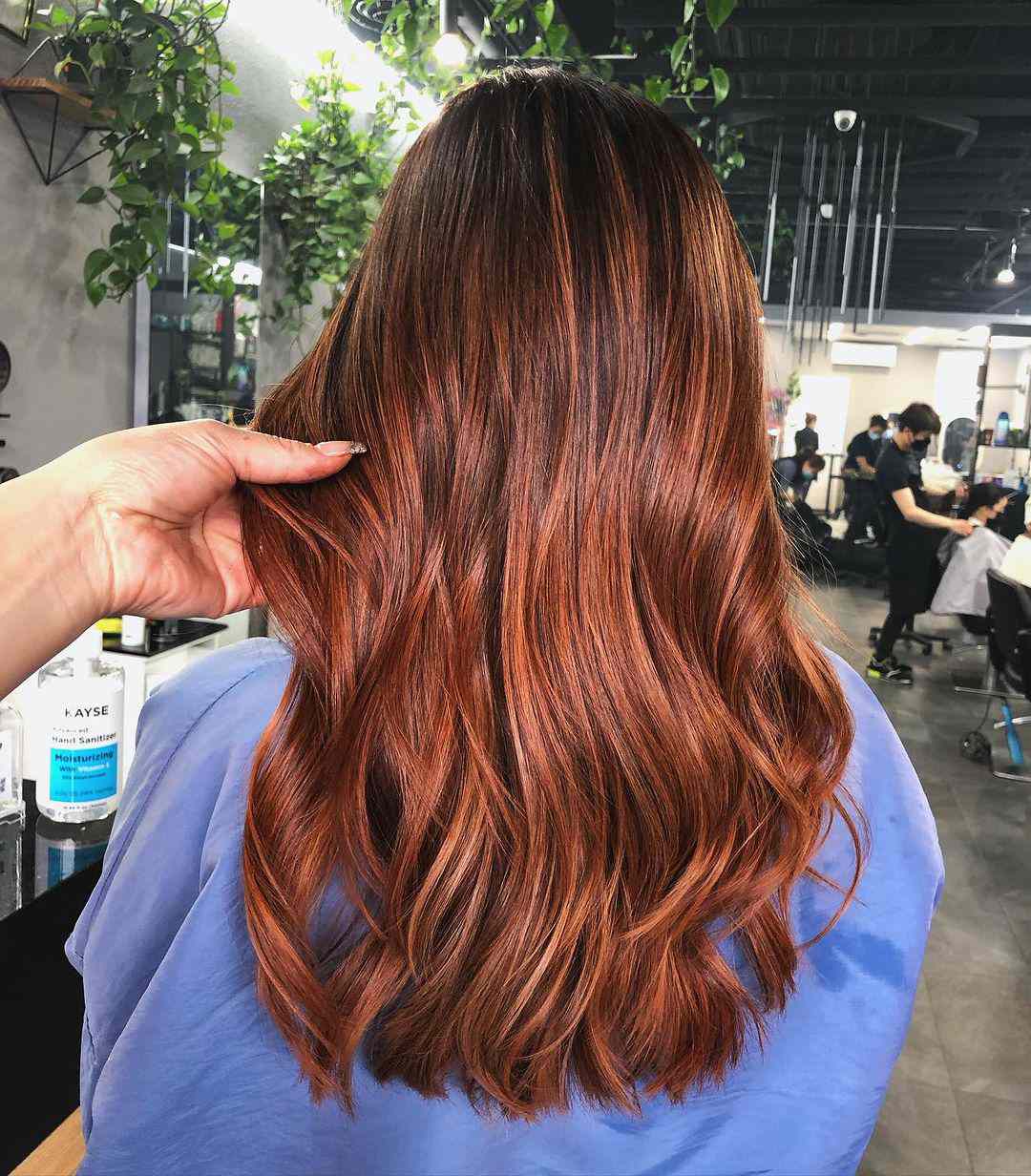
Dark brown hair enhanced with warm red highlights adds a touch of spice to a stylish, glamorous long hairstyle. The blend of rich tones creates a captivating depth, making the hair look full of life and elegance.
Cherry Highlights on Brown
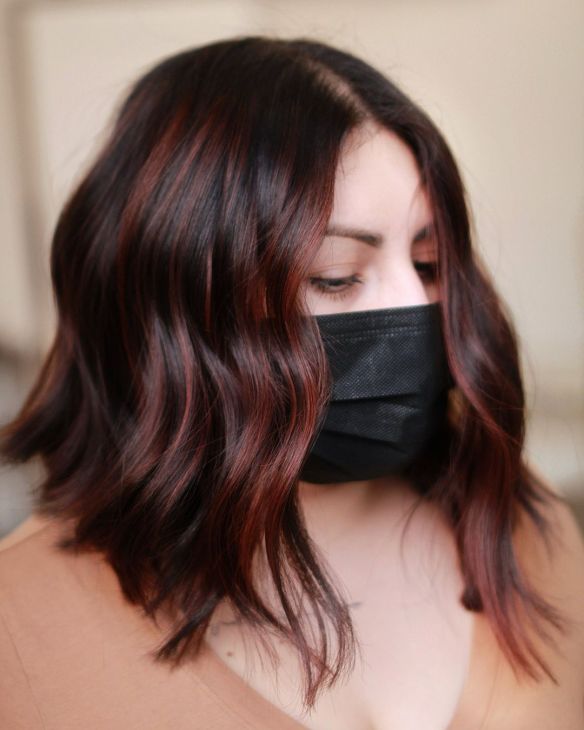
Perfect for those who are color-shy but ready for a change, this subtle blend of cherry highlights on brown hair offers a gentle introduction to red tones. The neutral, natural-looking red-brown base keeps it modest and laid-back, while the cherry highlights add a chic, glamorous touch that elevates the entire look.
Light Auburn with Rosy Tips
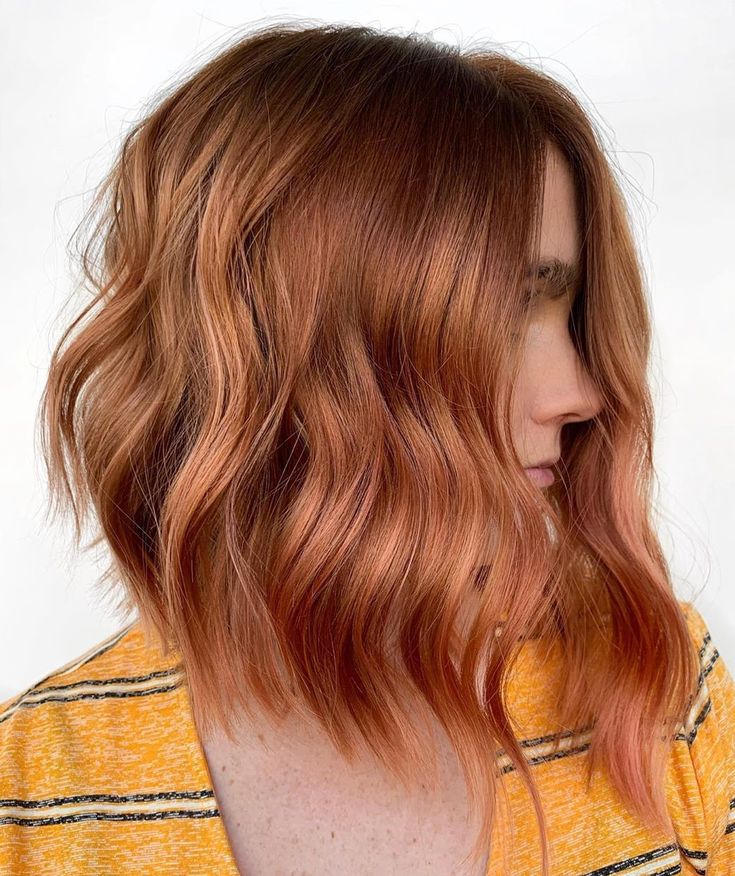
Try a chic light auburn lob with a hint of rosy tones at the ends. This delicate gradient adds a playful and modern twist to your hair, creating a soft, blended look that’s both subtle and stylish.
Rusty Brown Locks

This rich, rusty brown hue shines beautifully on its own, but for added dimension, copper highlights seamlessly blended into the base color bring out its depth and warmth. The result is a vibrant, multi-dimensional look that’s full of life.
Dark Strawberry and Blonde Highlights

This hair color is all about attitude. The combination of spicy dark strawberry hues with fabulous blonde highlights creates an aura of beauty, boldness, and sophistication. The seamless blend of reddish and blonde tones gives off a sexy, irresistible vibe that’s both fiery and elegant.
Raspberry Tips
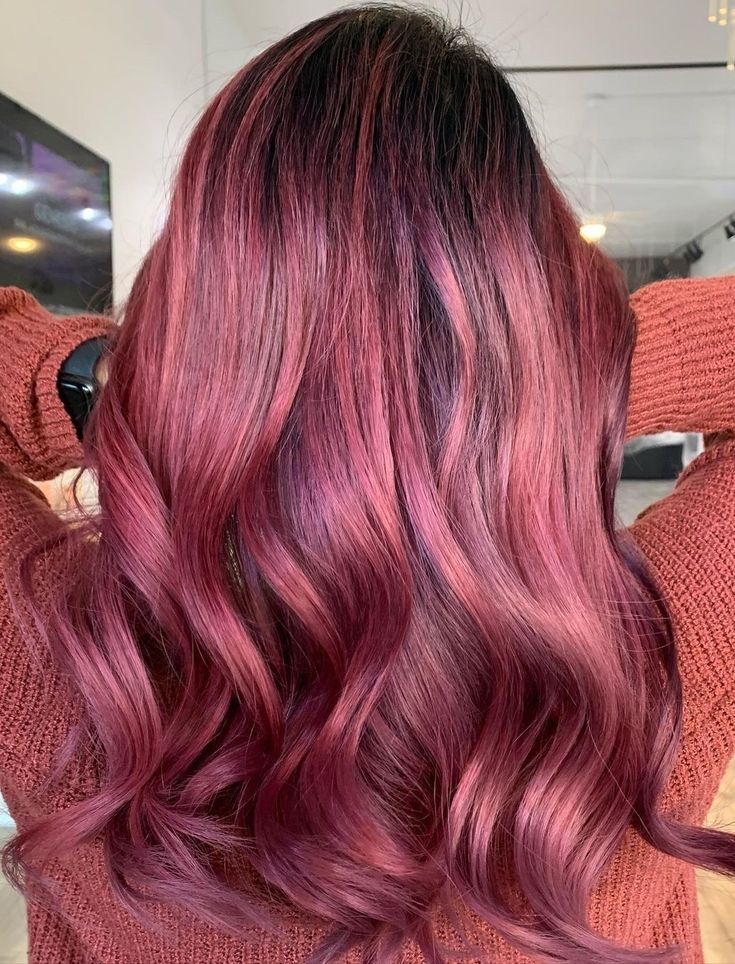
For a bold, trendy look, try adding raspberry-toned tips to your hair. This vibrant shade works beautifully on both long and shoulder-length styles, giving you a fresh, modern twist that’s perfect for experimenting with color.
Mid-Length Balayaged Hair
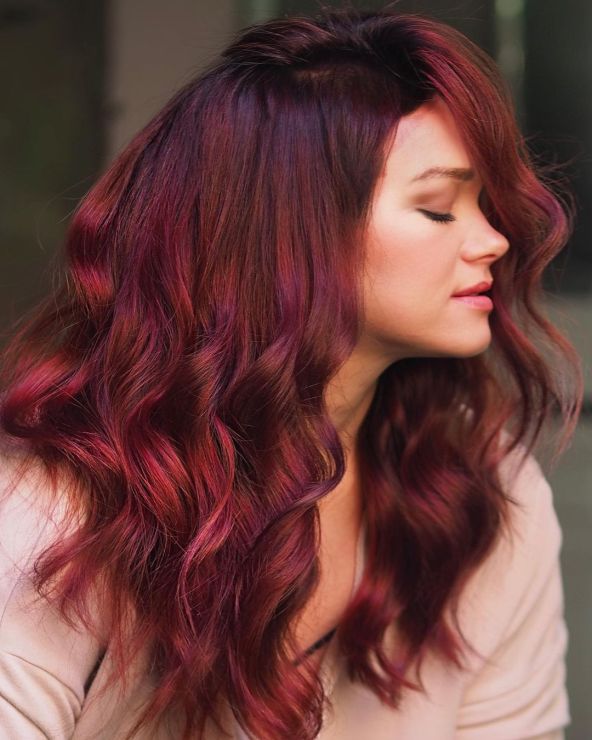
Light-skinned girls can effortlessly rock bright hair colors, and adding a hint of violet can enhance a natural blush in pink-toned complexions. This mid-length balayage creates a fresh, vibrant look that complements your features with a touch of warmth and depth.
Bob with Highlights and Lowlights
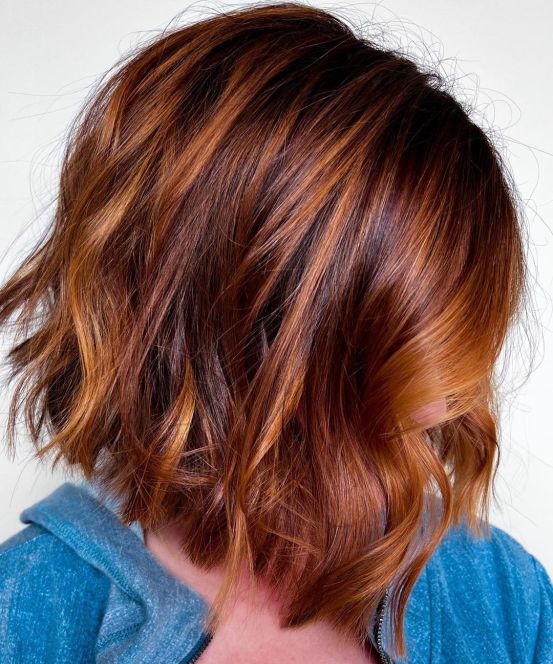
Unlike one-color hairstyles that can lack dimension, this cute bob gains depth and vibrancy with a perfect mix of lowlights and copper highlights. The lowlights add richness, while the highlights enhance the hair’s natural shine, creating a stunning, multidimensional look.
Copper Hair Shade
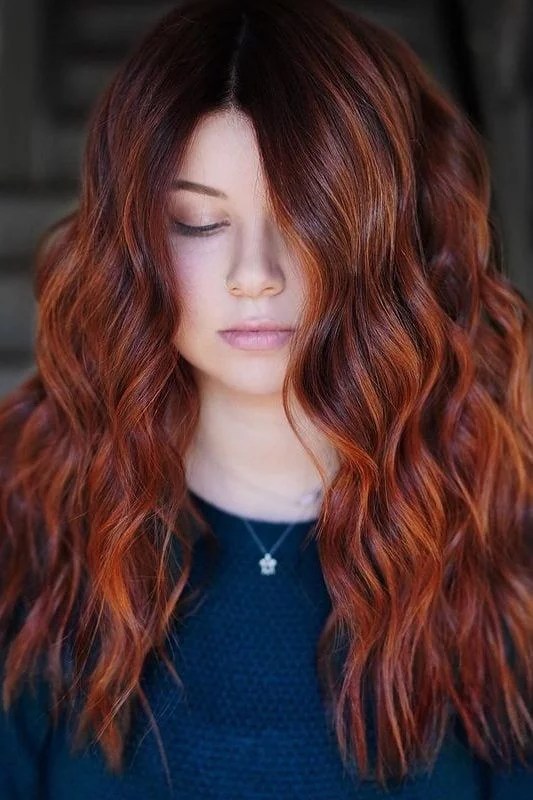
Embrace a stylish, boho-inspired vibe with copper-colored hair. This vibrant yet laid-back shade adds warmth and personality, giving your locks a fresh, effortlessly trendy appeal.
Crimson and Copper Hair

This stunning blend of crimson and copper is pure hair envy material! The vibrant mix of deep red tones, like crimson, cinnamon, or cherry, paired with copper or strawberry blonde highlights creates a bold, eye-catching style. It’s an easy-to-achieve look that’s full of dimension and fiery beauty—perfect for making your own red hair day.
Streaky Hair with Root Melt
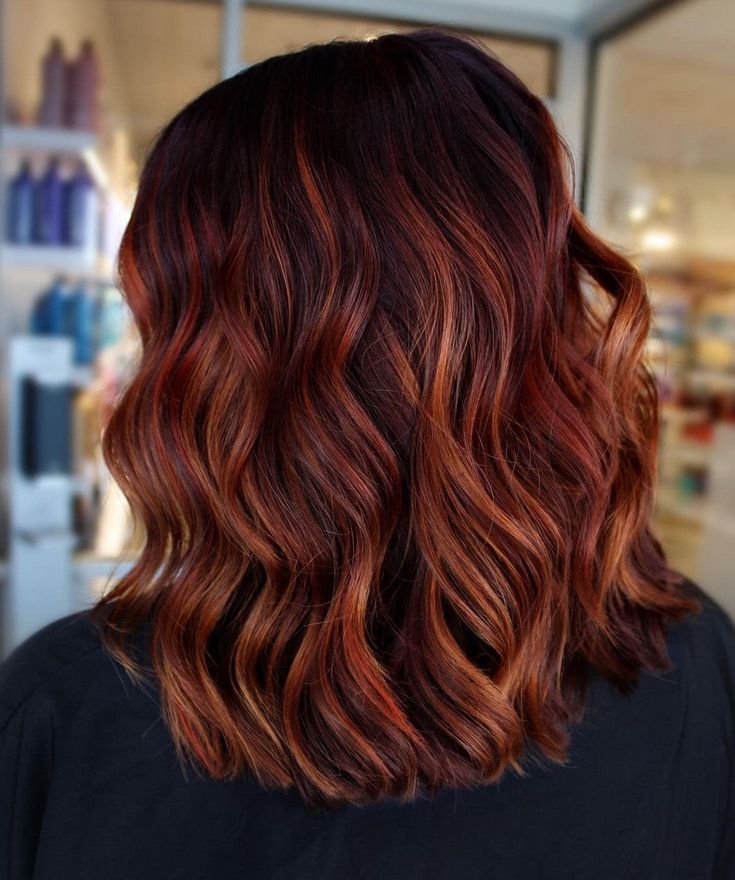
Can’t decide on just one shade? Why not embrace multiple hues in a lively balayage! The combination of streaky highlights, lowlights, and a seamless root melt creates stunning depth and dimension, giving your hair a vibrant, multi-tonal look that’s full of movement.
Burgundy Hair
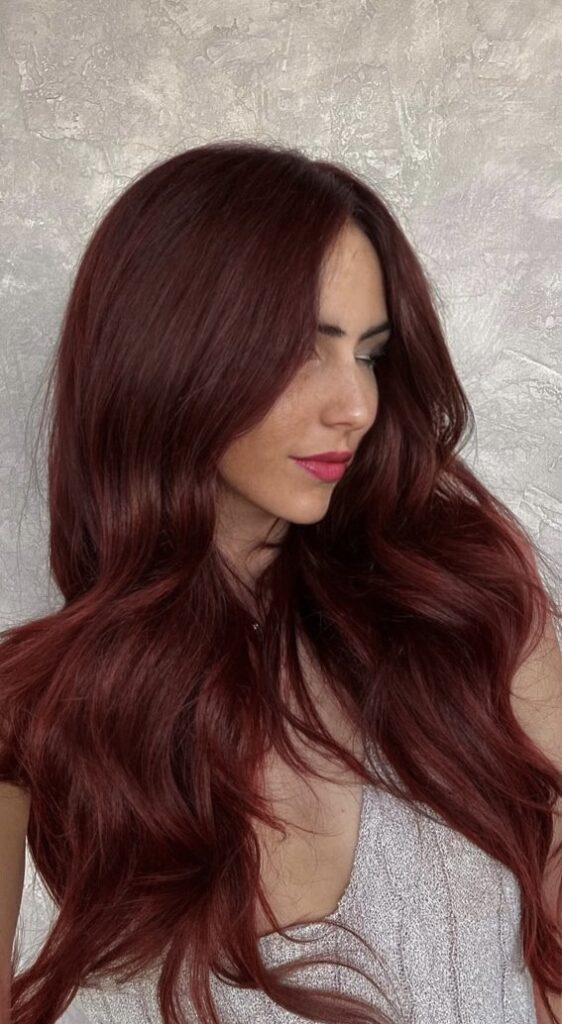
Dark burgundy paired with soft, glamorous curls creates a sophisticated and elegant hairstyle. The rich, deep tone adds depth and drama, making it a stunning choice for a bold yet refined look.
conclusion
In conclusion, these red and copper hair color ideas offer a variety of stunning options to suit any style, skin tone, or personality. From bold and vibrant hues to soft, natural blends, there’s a perfect shade for everyone. Whether you’re looking to add depth with highlights and lowlights, or experiment with fiery balayages, these looks will help you embrace the beauty and confidence that comes with a fresh, striking hair color.


